Video made by Modern Castle
Both manufacturers produce premium purifiers that not only perform well but also look good. The Dyson models tend to be bladeless while the Molekule purifiers look kind of like the other purifiers but much more modern. The Moleko also uses a different filtration technology which we will talk more about later.
Molekule has fewer models available to buy than Dyson. It currently offers one model while Dyson has a wide variety of models and we talked about the differences between them earlier.
The Molekule is built with aluminum and has a sleek and stylish look. It is well built and has an average size. On top of it, there is a touch screen that allows choosing between modes, monitoring filters, and putting the purifier on stand-by.
With Dyson, you can see that there are four different designs: a portable one, a medium size, a tall one, and a smaller one. The medium (HP04) can create cool and hot air and also purify. The TP (a tall one) can create cool air and also purify, it has a tall tower design. The DP is a portable purifier, it also creates cool air and purifies, can be used on a desk, or for small areas. The cheapest and smallest one BP, it also creates cool air and purifies, and can be used for small areas.
All of them use a HEPA filter and some models also include a carbon filter. Other features may vary from model to model, you can learn more in our Dyson purifier comparison chart.
Let's focus on the TP04 which is the tallest one. All of Dyson's purifiers have a bladeless design.
Dyson purifiers are bladeless and safe for kids and pets
Dyson Pure Cool TP04
For big spaces
Connects to the app & can be integrated with Alexa. Oscillates at 350 degrees. Directs airflow backward and forward depending on your needs
$449.99 on AmazonSafe for ellergy sufferers & removes odors and gasses
Molekule vs. Dyson: size comparison
| Tall | Wide | Pounds | |
|---|---|---|---|
| Molekule (in) | 23 | 8.25 | 18 |
| Dyson (in) | 41.5 | 8.8 | 10.9 |
The Molekule is heavier but the Dyson is taller.
The Molekule has 4 modes: auto, dark, silent, boost.
- The auto mode is the most efficient. It automatically adjusts aiflow when air quality is bad.
- Dark mode is good for nights, it disables lights and dims screens.
- Boost mode is great for large areas, it cleans the air faster than any other mode.
- In silent mode, the machine is on low settings and makes around 30 dB.
Molekule Air Purifier
For big rooms
Destroys viruses, VOCs, allergens, bacteria & mold. Includes 1 PECO filter and 2pre-filters. Connects to the app to control with your phone.
$999.99 on AmazonSafe even for dust-sensitive people
The Dyson has a number of different adjustable settings. It includes airflow level, acceleration, auto mode, airflow direction, and night mode.
Airflow changes the level push to the filter. There are 10 levels. Acceleration can be on or off and tend to go to 360 degrees if needed.
Airflow direction can be either forward or backward which is a nice option if you want a purification on but don't want the fan blowing on you.
Setup on both of them is easy. The Molekule starts by plugging it in, then you select a room size, and which mode needs to be on. The machine will take about 15 minutes to clean to understand which mode it needs to clean to purify the air the most efficiently. (calibration) When it's done calibrating, you can choose the mode. You can also connect the unit to your phone and choose the mode from there.
With the Dyson you need to plug it in, press the power button, and choose the settings you want by using the remote or your phone.
Both devices can be connected to the app but the Dyson also comes with a magnetic remote controller that can be attached to the machine.
Air purifier technology
The biggest differences in air purifiers technology: PECO (Photo Electrochemical Oxidation) vs. HEPA (+carbon) filtration.
PECO uses light filtration to destroy particulars and allergens. It also has a pre-filter on the base of the unit.
Dyson filters work by passing air into the filters which trap the debris within the filters.
Air purifying results during the tests
| At start | After 1 hour | At start | After 1 hour | At start | After 1 hour | At start | After 1 hour | |
|---|---|---|---|---|---|---|---|---|
| Models/Results | PM 2.5 | PM 2.5 | PM 10 | PM 10 | Particles | Particles | AQI | AQI |
| Dyson | 7.4 | 0.2 | 12.1 | 0.2 | 599 | 14 | 30 | 0 |
| Molekule | 6.2 | 0.6 | 10.7 | 1.2 | 379 | 44 | 25 | 0 |
Maintainance & Cost per year
The Molekule has two main filters that should be changed in about 3-6 months and it will cost you around $130 a year.
Dyson has two filters: carbon and HEPA. Some models have only HEPA. The Carbon filter should be changed once per year. Dyson does not mention how often you should change a HEPA filter, we would recommend doing it once in six months. Changing the filters would cost 70 dollars a year but if you have a Dyson with HEPA only, it will save you some money.
Dyson air purifier highlights
- Oscillation.
- Backward mode.
- Both cooling and heat available (the HP series).
- Dyson has various models with other features.
- You can choose one depending on your budget.
- Different sizes and form factors.
- Auto mode adjusts airflow automatically.
- If you want a purifier that shows real-time quality - have a look at a Dyson, it supports real-time monitoring.
Molekule highlights
- The Molekule uses a PECO-filter, something that is not HEPA. While HEPA traps particles, the PECO destroys them. The way the Molekule filtration system works is different.
- Good performance during the tests.
- Well built.
- It is made of expensive materials.
- Has a solid feel.
- Auto mode adjusts automatically but does not display air quality on the screen.
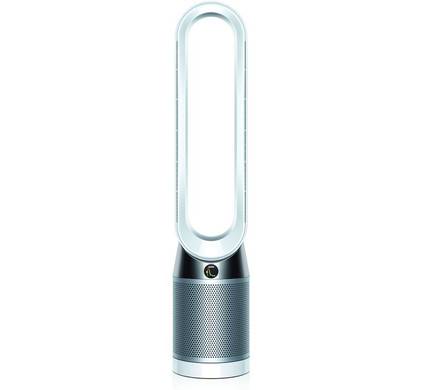
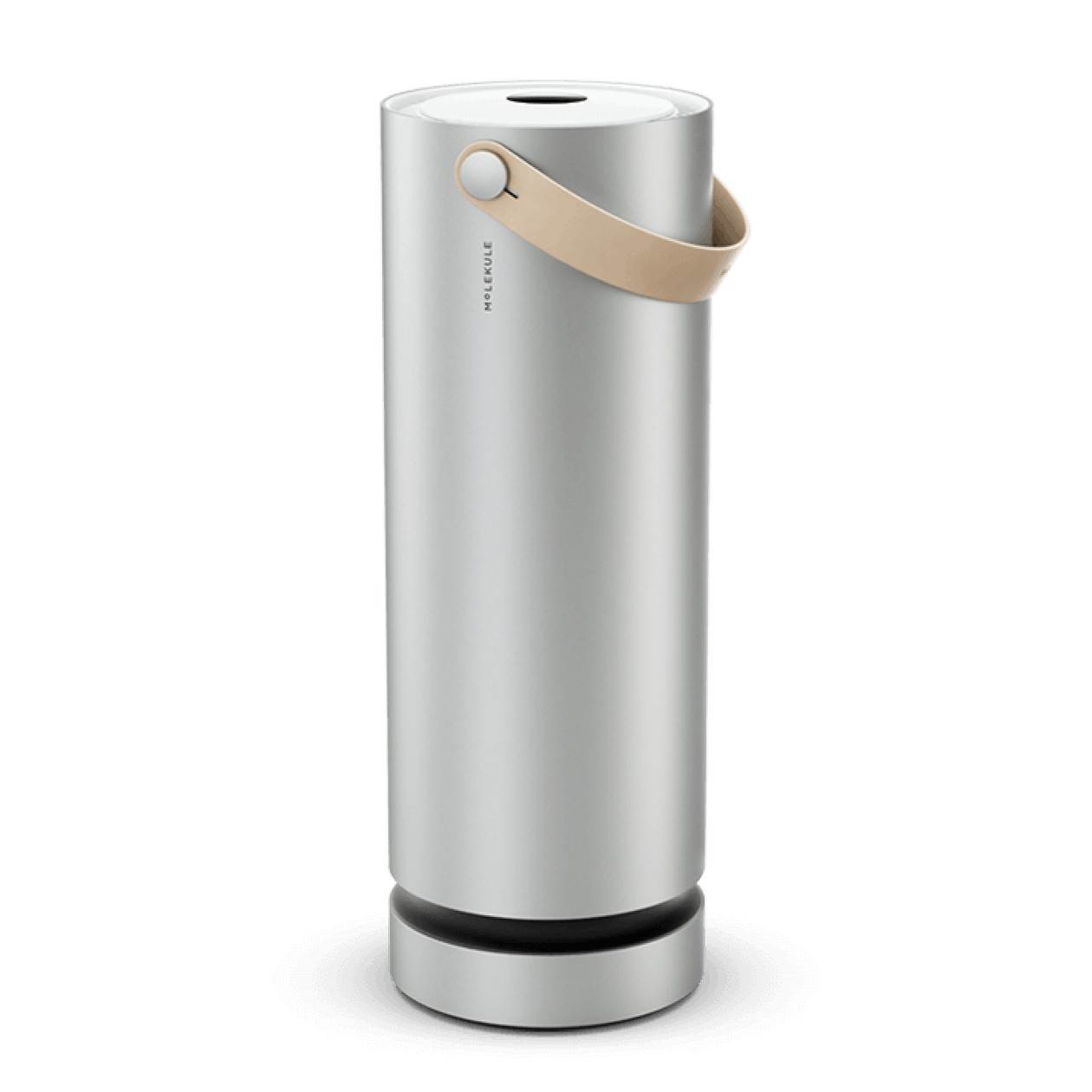
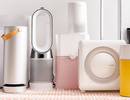
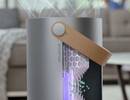
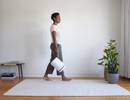

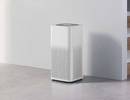
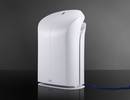
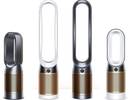
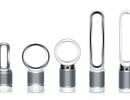
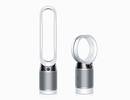
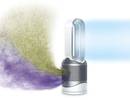
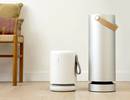
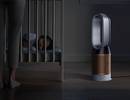
Comments: 0